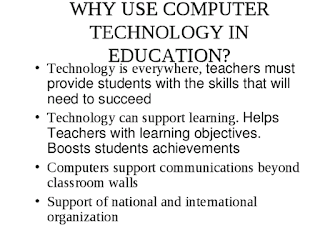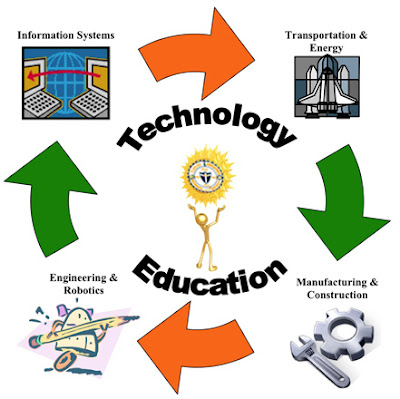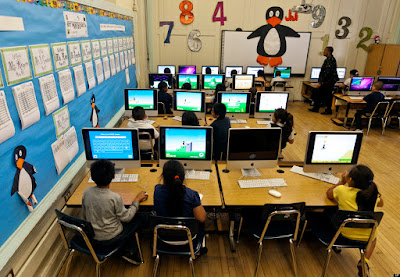In the world the rapid and constant pace of change in technology is creating both opportunities and challenges for schools.
The technology level in Eduction opportunities include greater access to rich, multimedia content, the increasing use of online course taking to offer classes not otherwise available, the widespread availability of mobile computing devices that can access the Internet, the expanding role of social networking tools for learning and professional development, and the growing interest in the power of digital games for more personalized learning.
In the same Moment, the pace of change creates significant challenges for schools. To begin with, schools are forever playing technological catch up as digital innovations emerge that require upgrading schools’ technological infrastructure and building new professional development programs. Some schools have been adept at keeping up with those changes, while many others are falling far behind, creating a digital divide based largely on the quality of educational technology, rather than just simple access to the Internet.
The best rapid evolution of educational technologies also makes it increasingly challenging to determine what works best. Longitudinal research that takes years to do risks being irrelevant by the time it is completed because of shifts in the technological landscape. The I Pad, for instance, became popular in schools soon after it was released and well before any research could be conducted about its educational effectiveness.
Following is a look at some of the hottest issues and trends in educational technology and how they are creating opportunities and challenges for K-12 schools.
Technology Infrastructure
Schools and districts continue to battle to keep pace with ever increasing demands to upgrade their technological infrastructure. But the demands themselves have changed during the past decade, from a focus on simply gaining connectivity to finding enough bandwidth to run more complex applications in classrooms such as, for example, streaming audio and video.
According to the Federal Communications Commission, 97 percent of schools across the country had Internet connectivity as of 2010 (FCC, 2010). Far fewer, however, were able to successfully meet the need for higher speed access, the FCC said, citing that demand as one reason it unveiled its National Broadband Plan in March 2010. In October of the same year, it also revised the E-Rate, the federal program that subsidizes school purchases for Internet connectivity, to allow schools to use E-Rate dollars to gain connectivity via dark fiber networks, among other reforms. The stated theory behind the reform was that by allowing more options for connectivity, schools could in theory gain more bandwidth while at the same time drive down cost because increasing the speed of fiber networks generally involves a one-time upgrade rather than consistent, periodic expenditures to secure more bandwidth via other connections.
Yet even before all this action had a chance to take effect, it appeared some schools were already making progress meeting infrastructure demands on their own. For example, data released in the spring of 2011 as part of the ongoing Speak Up research by Project Tomorrow found that restrictive Internet filtering was the top student complaint about Web use in 2010. Five years earlier, the chief complaint was connectivity speed. And anecdotal evidence suggests more schools are providing, or at least considering providing, high-speed wireless networks on their campuses, and reaping savings in some cases by allowing students who own their own laptops, netbooks, or mobile phones to use those devices rather than purchase new school hardware.
But because technology infrastructure needs vary widely between districts, and indeed between schools within the same districts, the federal government’s perceived desire to focus its efforts as a facilitator of infrastructure access has become somewhat controversial among education technology advocates. This was especially evident when it became clear that the Enhancing Education Through Technology, or EETT, program, was in jeopardy. The program, which was initially funded at $700 million annually but had dropped to $100 million by 2010, was the only federal program within the U.S. Department of Education’s general funding devoted specifically to education technology. It was defunded as part of a federal budget compromise in the spring of 2011 (Education Week, April 29, 2011).










No comments: